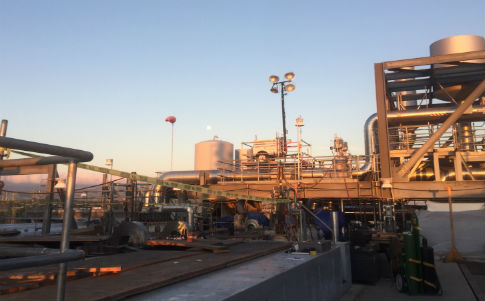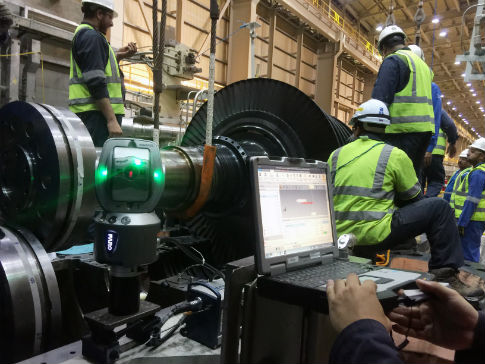Sponsored Content
You might say what Henry Ford did for the automobile, GE, Siemens, and Mitsubishi have done for the gas and steam turbine industry. Naturally, the tools and technicians of both sectors have had to evolve right along with the challenges of new technology and the ever-increasing demands for improved accuracy and efficiency.
|
ADVERTISEMENT |
If you work in a facility that looks something like this:

you are probably familiar with machines that look like this:

If you’re familiar with steam turbines like the one seen above, then you certainly understand the fundamental challenges posed when they require internal alignment in the course of a maintenance or a major outage. The efficiency of today’s higher-rated turbines depends on precision alignment of components, and everything counts—nozzles, seals, bearings, and packing are all of critical importance.
…
Add new comment